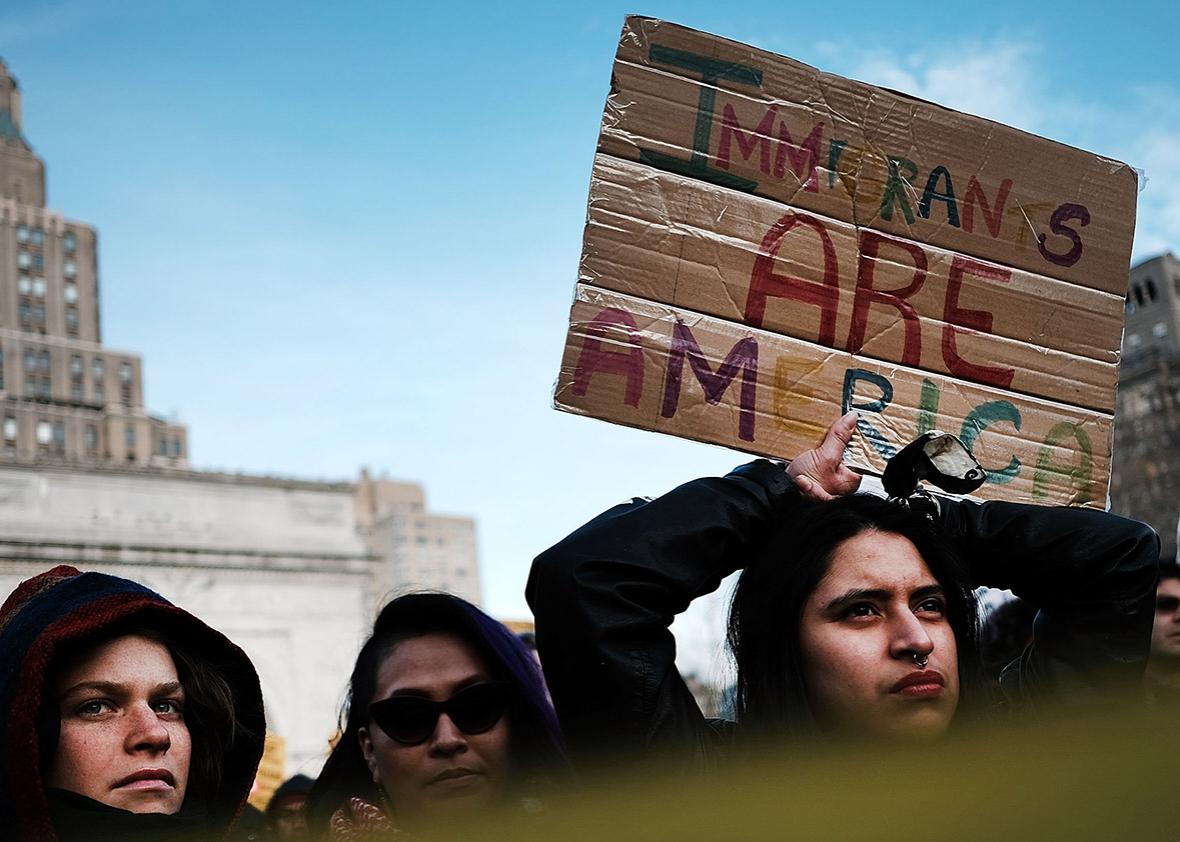We like to think that tuberculosis is a public health issue exclusive to the developing world, but the disease has begun to resurface as a major concern in certain parts of the United States, too. Last year, for the first time in nearly a quarter-century, the number of TB cases in the U.S. actually increased. Some parts of the country, such as central Alabama, are now in the midst of a TB outbreak. In Perry County, for example, the disease infects people at a rate of 253 for every 100,000 people, compared to 2.5 per 100,000 in the rest of the state.
TB is treatable as long as the patient has regular access to medical care. However, there has been a long history of struggling to keep the disease under control—particularly for vulnerable patients with lack of access to health care. Because TB regimens may last many months, barriers to or interruptions in care can lead to unfinished treatments. This doesn’t just harm the patient; it can also lead to the rise of multidrug-resistant (MDR) bacteria.
This is more than just a frightening possibility for Dr. Edward Zuroweste, a physician in upstate New York who serves as the tuberculosis medical consultant to the Pennsylvania Department of Health and co-chief medical officer of the Migrant Clinicians Network, a nonprofit that provides care for migrant workers.
Zuroweste thinks a looming public health crisis could be emerging in other Southern states in addition to Alabama. He says he currently sees “a rapid rise in drug-resistant tuberculosis all along the Southern border,” where rates of MDR TB have historically already been high.
Zuroweste sees this as a direct result of unfinished treatments and is concerned that continued obstacles to care, particularly for the migrant population, might make the situation worse. Migrant workers already have a hard time accessing health care. And now, multiple reports have chronicled the way undocumented immigrants, migrant workers, and even legal immigrants have become too anxious to seek out health care over the past year.
Doctors who care for these vulnerable populations have been realizing that their ability to treat their patients is increasingly hampered by their inability to predict what effect immigration and health care policies will have on their work. Karen Mountain, CEO of the Migrant Clinicians Network, describes the immense pressure the organization has recently been experiencing. “We’ve been told to change our name for our own survival,” she says, “and I as well as many of my colleagues have personally been asked why we waste our time trying to provide access for [these patients].”
At the same time, the current climate is making patients afraid to seek help or keep their appointments. And as news of Immigration and Customs Enforcement officials detaining patients in clinics and pharmacies spreads, fear is stopping many patients from tending to their most basic health care needs. Doctors from Johns Hopkins University penned an op-ed in the Baltimore Sun earlier this year that included these chilling scenarios:
As many local businesses, including prominent restaurants, closed in support of “A day without immigrants,” a Honduran man was detained by ICE at the Walgreens on Eastern Avenue where many of our patients fill their medication prescriptions. We had to scramble to contact our patients and change their pharmacy of choice to a safer option within Bayview Hospital.
On Friday, a patient called because he was running out of life-saving medications but was afraid to leave his apartment because ICE was in the neighborhood.
Unfortunately, these experiences are not limited to Baltimore. Zuroweste recently had a patient who was so concerned about being thrown in jail or being deported that he refused to go to the hospital for months. By the time he finally showed up to the emergency room, he had lost over half of his body weight.
These are individual stories, and none of them means that an outbreak is guaranteed to happen. Nor does it mean that if one does, it will be a direct result of immigration policies or the current political climate. But it is an important reminder that every decision we make has implications, direct and indirect. In this case, decisions about immigration are affecting access to health care, which runs the risk of resulting in new outbreaks of serious diseases like TB across entire communities.
The quality and effectiveness of the system as a whole suffers when people don’t feel safe seeing their doctors. Creating barriers to health care for vulnerable populations—whether in the form of frightened patients, concerned providers, or diminished insurance coverage—could inevitably have devastating and widespread effects. When sick patients have nowhere to turn, illnesses like MDR TB can quickly turn into public health disasters. And that affects us all.
Disclaimer: The opinions expressed in this article are solely those of the author and do not reflect the views and opinions of MedStar Health.
Daniel Marchalik is a urologist in Washington, D.C. He directs the literature and medicine track at the Georgetown University School of Medicine and writes a monthly column for The Lancet.
